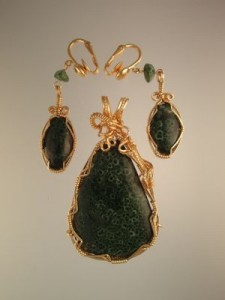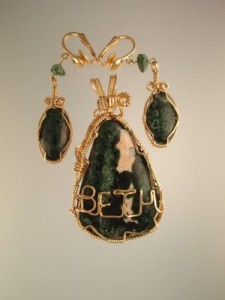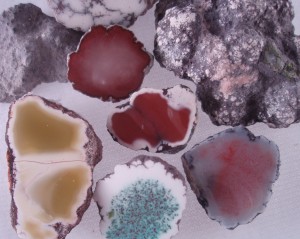Rockhounding the the Keweenaw Peninsula of Michigan is one of my summer highlights. A distinctive set of stones are found there, many related to the presence of native copper. In this article I would like to talk about thomsonite and prehnite which are different stones, but sometime share the same name.
True Thomsonite may occur in the Keweenaw Peninsula of Michigan, but is generally not associated with copper.
Thomsonite is a zeolite akin to minerals such as tanzanite.  Thomsonite is a lovely pink stone sometimes featuring “eyes” and chatoyant sprays. The very best has always been associated with a small area near Grand Marais, Minnesota along the north shore of Lake Superior. The collecting area in that location has been closed to the public for many years, but Thomsonite pebbles still roll up on the beach near Grand Marais. The difficulty lies in most of the beachfront property being private property.
Thomsonite is a lovely pink stone sometimes featuring “eyes” and chatoyant sprays. The very best has always been associated with a small area near Grand Marais, Minnesota along the north shore of Lake Superior. The collecting area in that location has been closed to the public for many years, but Thomsonite pebbles still roll up on the beach near Grand Marais. The difficulty lies in most of the beachfront property being private property.
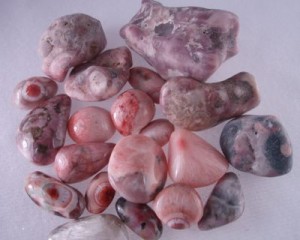
Most of what we use to refer to as Thomsonite from the Upper Peninsula is really copper-bearing Prehnite, or what is sometimes referred to as Patricianite. If you find what you believe to be Thomsonite and it contains specks of copper, it probably is Prehnite. The inclusions in the Prehnite are endless and create lovely pastel colors. Often “eyes” are present as are variegated type feathery patterns. We refer to these gemstones on our website as U.P. Thomsonite (this is what the locals call them also).
U.P. Thomsonite, in my opinion, is the most remarkable gemstone found in the Keweenaw. The striking chatoyancy and pastel colorations of this stone are something to behold. It is impossible to photograph the chatoyancy of true Thomsonite and U.P. Thomsonite as you really need to move the stones back and forth to see this effect. Thomsonite is much more expensive and scarce than Prehnite, but many people find the U.P. Thomsonite more attractive.
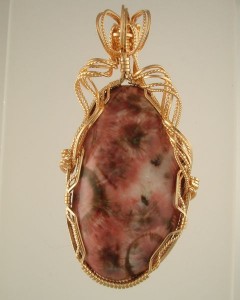 Good, jewelry-grade Patricianite is still hard to come by. It took me ten years to locate a spot to dig this wonderful stone. The locals will not easily give up their best rock hunting locations, so you may be on your own when it comes to finding U.P. Thomsonite.
Good, jewelry-grade Patricianite is still hard to come by. It took me ten years to locate a spot to dig this wonderful stone. The locals will not easily give up their best rock hunting locations, so you may be on your own when it comes to finding U.P. Thomsonite.
Our website features some of the finest Thomsonite and U.P. Thomsonite available.


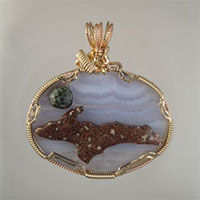
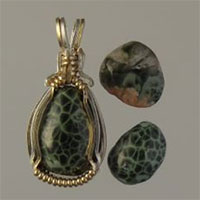
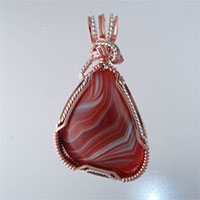
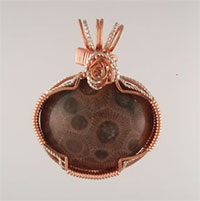
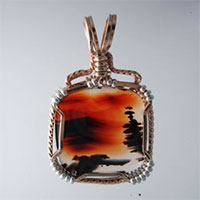
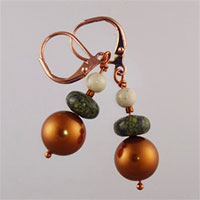
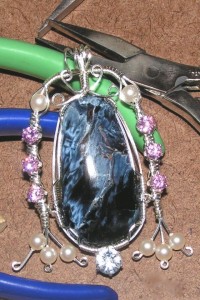
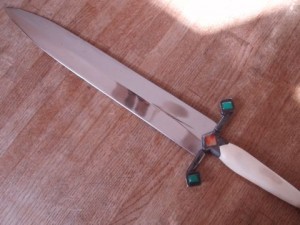
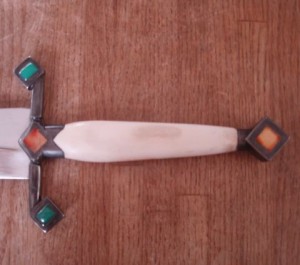 It took almost two years to complete this project as the different phases of construction were accomplished by different individuals. All in all, I am very pleased with how it all turned out.
It took almost two years to complete this project as the different phases of construction were accomplished by different individuals. All in all, I am very pleased with how it all turned out.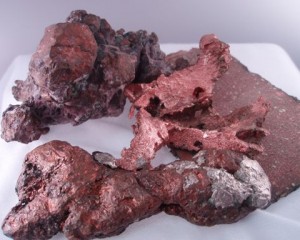
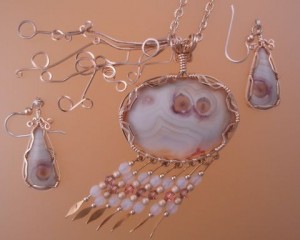
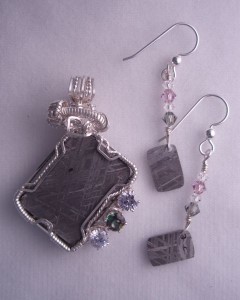 with epoxy to make them shiny and seal them against rust.
with epoxy to make them shiny and seal them against rust.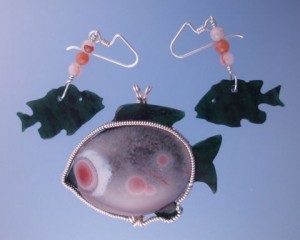
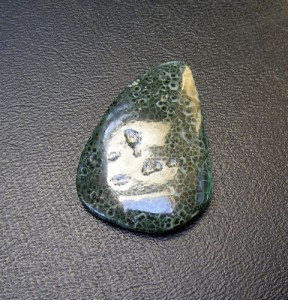 This Greenstone was larger than any I have seen anywhere, even at the
This Greenstone was larger than any I have seen anywhere, even at the 